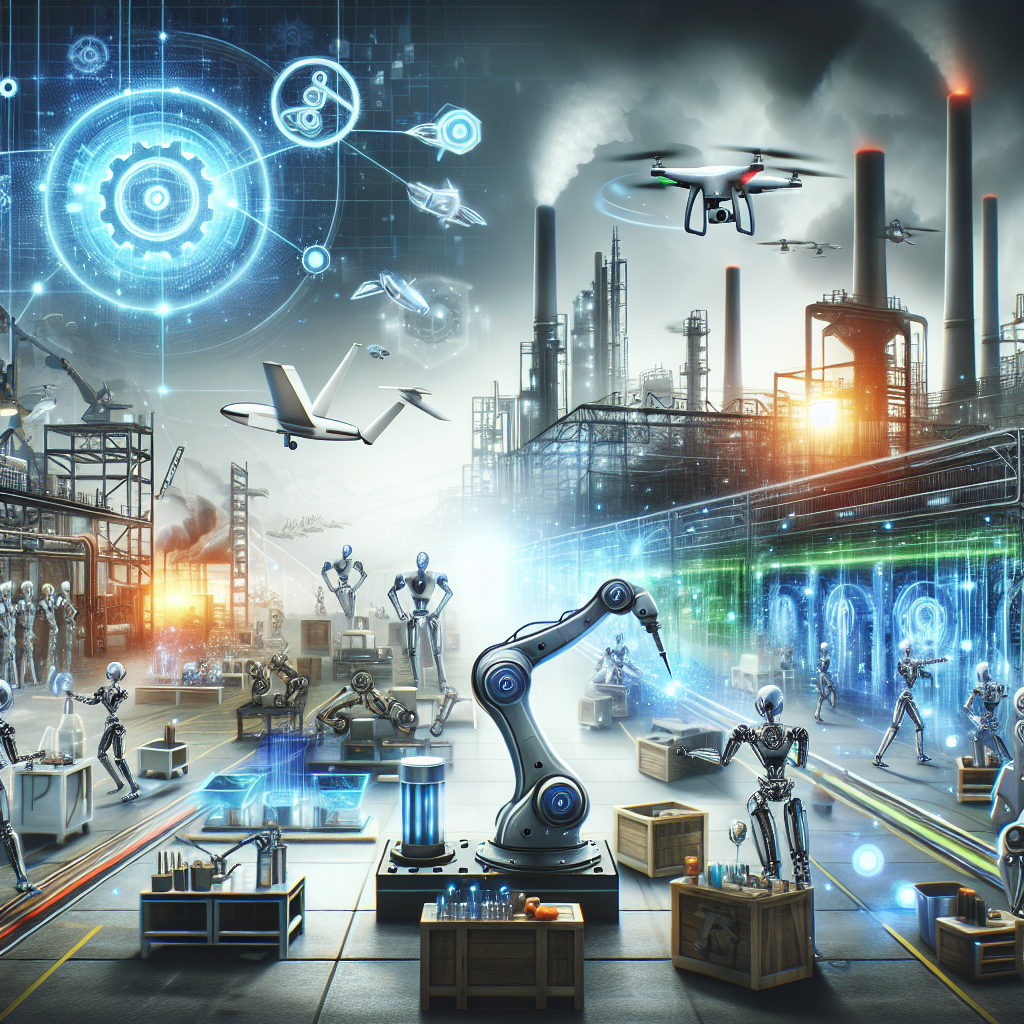Overview
In today’s rapidly evolving technological landscape, hyperautomation is emerging as a pivotal force in transforming industries across the globe. As businesses strive for increased efficiency and agility, the integration of hyperautomation technologies offers unprecedented opportunities. But what exactly is hyperautomation, and why should your organization care? This blog post dives into the nuances of hyperautomation and its profound impact on modern business operations.
Understanding Hyperautomation
Hyperautomation goes beyond traditional automation, integrating a broad array of technologies like artificial intelligence (AI), machine learning, and robotic process automation (RPA). This comprehensive approach allows businesses to automate complex processes that were previously reliant on human intervention.
Key Components of Hyperautomation
- Artificial Intelligence (AI): AI algorithms enhance decision-making by analyzing large datasets, recognizing patterns, and providing actionable insights.
- Robotic Process Automation (RPA): RPA mimics human actions to carry out repetitive tasks efficiently and accurately.
- Machine Learning: This subset of AI enables systems to learn and improve from experience, increasing the effectiveness of automated processes.
Impact on Business Operations
The integration of hyperautomation can significantly streamline business operations. By automating complex workflows, companies can reduce manual errors, enhance productivity, and improve customer service. Here are some tangible benefits:
- Increased Efficiency: Hyperautomation reduces the time spent on repetitive tasks, allowing employees to focus on value-added activities.
- Cost Reduction: Automation lowers operational costs by minimizing human intervention and enhancing process efficiency.
- Enhanced Data Analysis: AI-driven insights provide businesses with a competitive edge by predicting trends and optimizing strategies.
Real-World Applications
Industries such as healthcare, finance, and manufacturing are already leveraging hyperautomation to transform their operations:
- Healthcare: AI-powered diagnostic tools and automated workflows improve patient outcomes and streamline administrative tasks.
- Finance: Automated trading systems and fraud detection algorithms enhance security and profitability.
- Manufacturing: Smart factories use AI and IoT technologies to optimize production lines and reduce downtime.
Conclusion
As hyperautomation continues to shape the future of business, it becomes crucial for organizations to embrace this transformative trend. By integrating cutting-edge technologies, companies can unlock new levels of efficiency and innovation. Are you ready to embark on the hyperautomation journey? Explore Infinity Rift’s AI Automation ePlaybook for insights into maximizing your business potential.
Call to Action
Discover how Infinity Rift can support your hyperautomation goals. Visit our website, learn about ARIA AIGI, or access our free resources to start transforming your business operations today!


